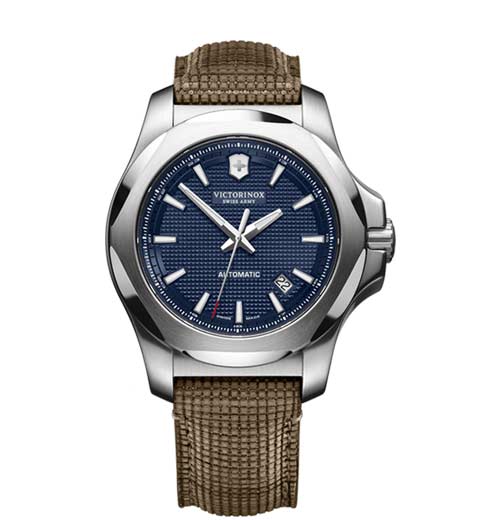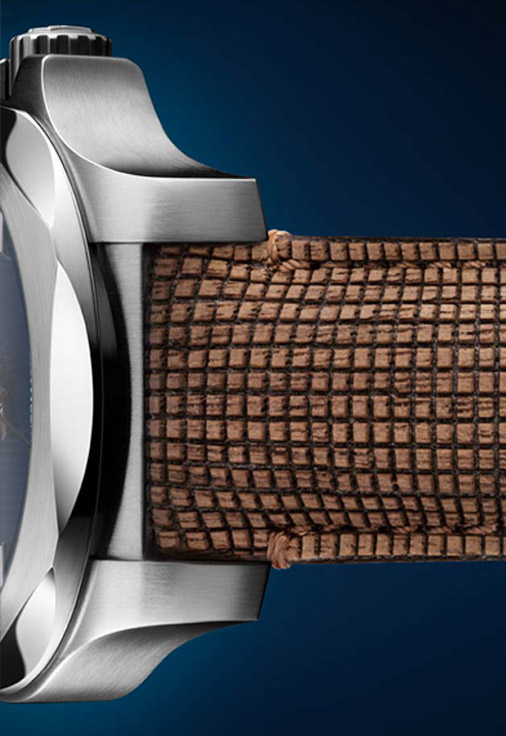
On Point: The I.N.O.X. Mechanical
Everything has its time – this year the time was ripe for a new “Made in Switzerland” design icon: the I.N.O.X. Mechanical, eagerly awaited by fans and connoisseurs in the industry, designed with painstakingly detailed work and technically realized by the Victorinox watch experts in Delémont in the Swiss Jura.
We met Basile Maeder, product manager at the center of excellence in Delémont, to learn a little more about the creative process and the special features of the I.N.O.X. Mechanical.
From the initial concept to readiness for the market? What does the development process look like in practice and how long does it take on average?
The development of a new product takes an average of 18 months; for the quartz model of the I.N.O.X. it took us more than three years. The process follows a clear, bindingly defined structure, and the entire process is broken down into seven steps: concept, design, technical study, prototyping, approval, delivery, and release.
The first I.N.O.X. was introduced in 2014 and very quickly there were calls for a mechanical version. Can you explain to us why that was?
In fact, that question cropped up as soon as we had presented the I.N.O.X. to the public for the first time at Baselworld 2014. Connoisseurs of the industry are always excited about mechanical models because they are more prestigious. It was therefore not at all surprising and is completely normal that a question like that should come up immediately when presenting a new watch.
The strap is made from wood; what distinguishes it from alternatives in steel, rubber, or paracord?
Wood is a natural material and what’s special about the wooden strap is that each one is unique. Every strap ends up slightly different in color due to the natural origin of the material and takes on an individual patina with wear. Design and sustainability – both are qualities on which we place a great deal of importance.
A quartz movement and a mechanical movement – can you explain once more in detail for the layperson: What is the difference exactly? And what makes the automatic movement so sensitive?
The most notable difference lies in the fact that the quartz movement is driven by a battery, whereas the mechanical movement is fitted with a spring. In other words: what works electronically with a quartz movement must be performed by over a hundred small parts working together for a mechanical movement. This explains the greater sensitivity of the mechanical movement.
What values or perceptions do you associate personally with the label “Swiss made?”
I think it’s something that will remain very important for purists; it will probably be a little different for the next generations of consumers. For a brand like ours that has a Swiss flag in its trademark, it is largely a matter of self-commitment to offer high-quality products that are manufactured in Switzerland, and that will remain the case in future. That’s why we invested in a center of excellence in Delémont in the Swiss Jura, where we operate our own internal research and development, and have our own assembly and production facility.
Do you also wear a Victorinox watch in your everyday life? And if so, which one?
Yes, I do, and to be honest I actually wear two; one on each wrist, and they are both I.N.O.X. models: a mechanical version on my left wrist and a quartz version on the right, each of them slightly personalized.
There are no products listed under this category.







